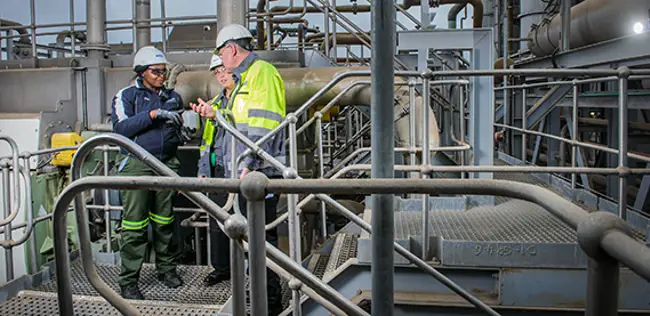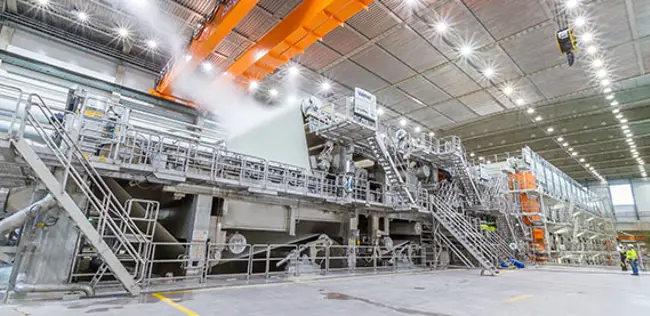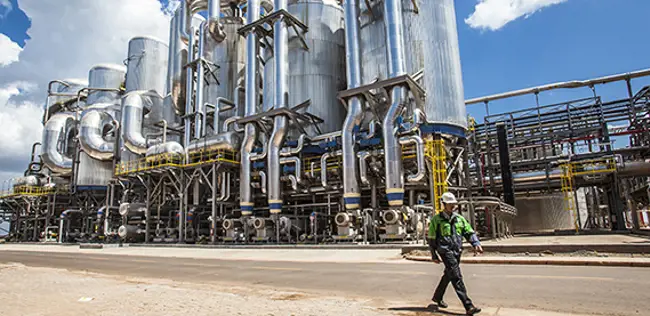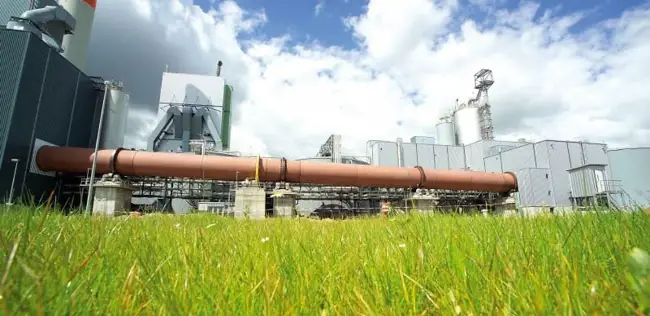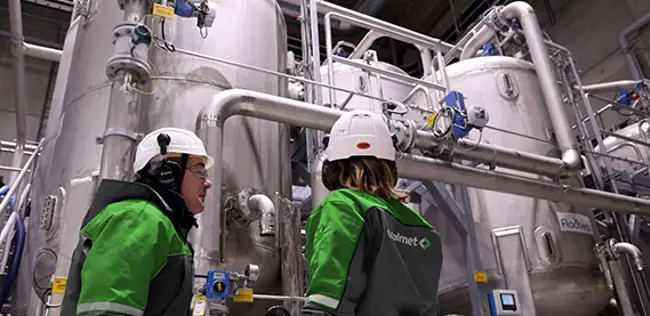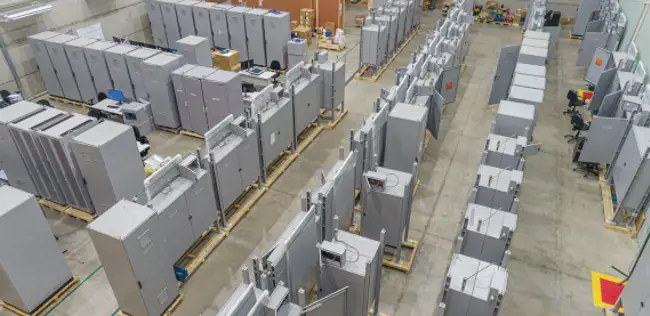LD Celulose’s new mill meets the needs for sustainable dissolving pulp
May 24, 2023
LD Celulose’s new mill in the Triângulo Mineiro region, Brazil, is one of the largest dissolving pulp mills in the world. The mill was started up in April 2022 and is setting new productivity and energy efficiency standards.
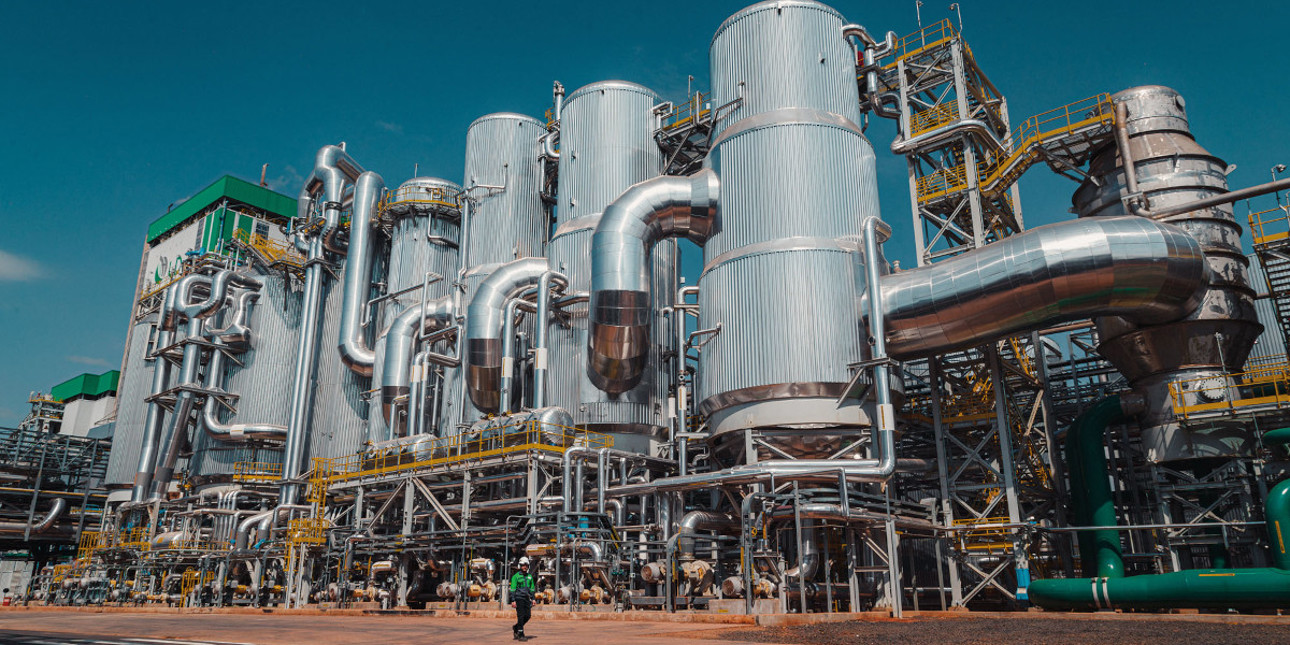
LD Celulose, a joint venture between Austrian Lenzing and Brazilian Dexco, invested around USD 1.38 billion in a new greenfield dissolving pulp mill. It has a production capacity of 500 thousand tonnes of dissolving wood pulp per year, in addition to 144 MW of clean energy. The mill is designed to be very energy efficient and will deliver more than 50 percent of the electricity it generates to the public grid as renewable energy. The special pulp fibers produced at LD are used in the textile industry, generating innovative, sustainable and high-tech fabrics.
Valmet proved to be a partner with flexibility to meet demands and achieve the expected results.
With the new pulp mill in Brazil, Lenzing is strengthening its own supply of dissolving wood pulp and thereby also growth in specialty fibers. The production is exported to Lenzing’s factories, where the dissolving pulp is transformed into textile fiber with a low environmental impact.
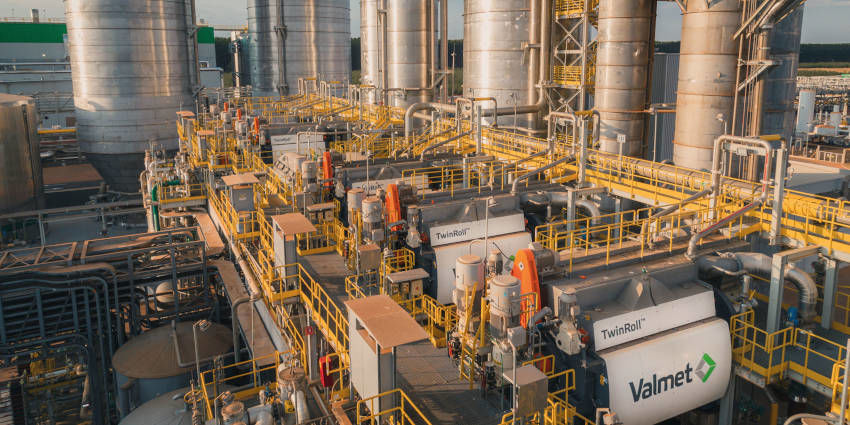
Valmet TwinRoll presses for pulp washing with high efficiency and low chemical and water consumption.
Ramping up the production
The plant was successfully started up on schedule, with the first bale produced in April 2022. After the initial start-up, the plant moved to the ramp-up phase.
“Considering all the external circumstances, I’m very proud of the work of our excellent project teams from both LD Celulose and Valmet, as well as our subcontractors, and that we were able to achieve a successful start-up. In this project, just as in all new pulp mill projects, there is a ramp-up period after the initial start-up. During this period, all the mill processes are fine-tuned to target normal operations and nominal capacity,” explains Valmet’s Project Director Pekka Rikkinen.
External challenges require close collaboration
The project was kicked off in late 2019, with the ground work starting in 2020. This meant the project was executed almost entirely during the global Covid-19 pandemic. This posed additional challenges to the project’s execution, with travel restrictions, challenges in global logistics and component shortages.
“Valmet proved a flexible partner in meeting multiple demands and achieving the expected result within the established deadline. The active management and collaboration in the project contributed to its success,” says LD Celulose Project Director Silvio Costa.
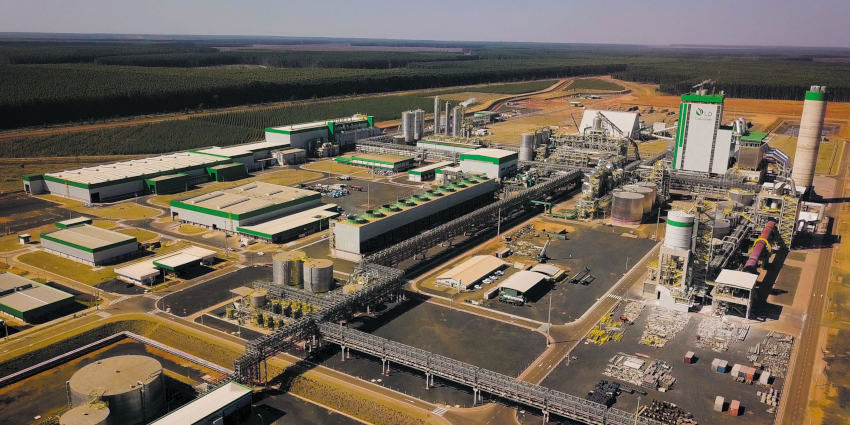
The LD Celulose mill is one of the most productive and energy efficient in the world.
Fernando Scucuglia, Director, Pulp and Energy South America, Valmet, enthuses: “During the negotiation phase, both Valmet and LD Celulose brought innovative ideas and proposals to the table. During the project, we enjoyed good collaboration, and the trust between the companies increased, making it possible to undertake corrective actions at the necessary times.”
The project required trust, cooperation and communication. Despite the challenges, the result was a success.
“From the outset, we took the challenge of the pandemic very seriously and made plans to mitigate its impacts. As a lot of the work was done remotely, systematic follow-up meetings were even more important than normal to ensure we could react to any deviations. We had some logistical challenges with deliveries from China, but we were able to mitigate the delays by changing the onsite order of work. And by increasing the number of people on the site, we were able to execute the commissioning work faster than planned,” Rikkinen tells.
“These two years of work required a lot of trust, cooperation and communication between the Valmet and LD Celulose teams, as well as special attention to planning and scheduling. And even in the face of such a challenging scenario, the execution of the project was a success,” says Valmet’s Project Manager Guilherme Mendonça.
“The success was made possible by our strong local presence in Brazil and the required support from the Nordic technology teams. We were even prepared for remote commissioning with the customer, but luckily that wasn’t needed in the end,” Rikkinen concludes.
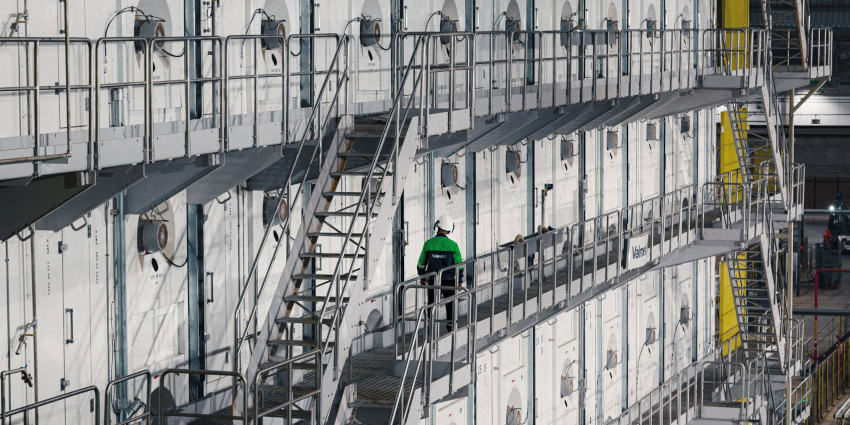
The Valmet Airborne Dryer, designed for best possible production efficiency, at highest reliability and safety, with minimal risk of downtime and dust formation.
Leading technology for sustainable production
The LD Celulose mill is one of the most productive and energy efficient in the world, and the process technologies delivered by Valmet play a key role in transforming renewable raw materials into dissolving pulp.
“The pulp drying line includes several new features to make it flexible, boost energy efficiency, and increase safety and user-friendliness. The structure of the drying machine is made mainly of stainless steel, preventing any chemical reactions that carbon steel might cause in this type of sensitive process. With its new design, the Valmet Cutter includes a broke removal chute for less maintenance and a new type of cross cutter cover for improved safety. Altogether, the line is designed to handle the special requirements of dissolving pulp,” says Jukka Leino, Technology and R&D Manager for Valmet’s Wood and Pulp Handling business.
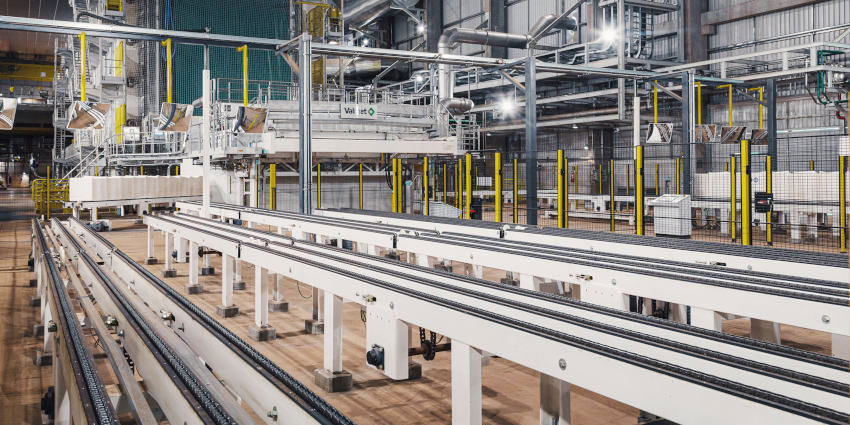
Modern dryer and baling lines for dissolving pulp production.
“The recovery boiler crystallization ash treatment is especially suitable for eucalyptus-based pulp production and high-power recovery boilers. We delivered a solution to LD Celulose in which the Ash Crystallizer was combined with MVR vapor recovery. This is an energy-efficient solution and makes the process independent of the mill’s other steam sources,” explains Martin Wimby, Technology and R&D Director for Valmet’s Recovery business.
“Our evaporation plants are always tailored to customer needs. We designed a solution for this project in which we used both Tubel and Tube technology to determine the optimal investment and operating costs, as well as to secure good availability and mechanical durability,” says Fredrik Kall, Director for Valmet’s Evaporation, Ash & Bio Technology Unit.
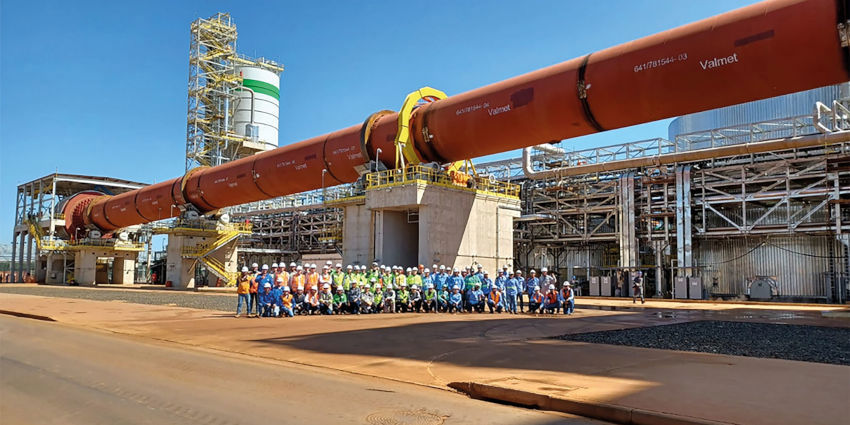
The white liquor plant, including causticizing and a lime kiln, is designed for high availability and energy efficiency.
Innovative and future-proof automation
Valmet’s automation technologies support LD Celulose’s sustainable production. The Valmet DNA Automation System is used throughout the mill and offers unique integration with process technologies, including analyzers and Valmet’s Industrial Internet solutions such as remote support through a Performance Center. This enables the optimization of raw material, energy and chemical consumption. An innovation adopted in this system is system virtualization, with two clusters for the virtual connection of all the machines and systems that involve the mill’s operation on the same hardware.
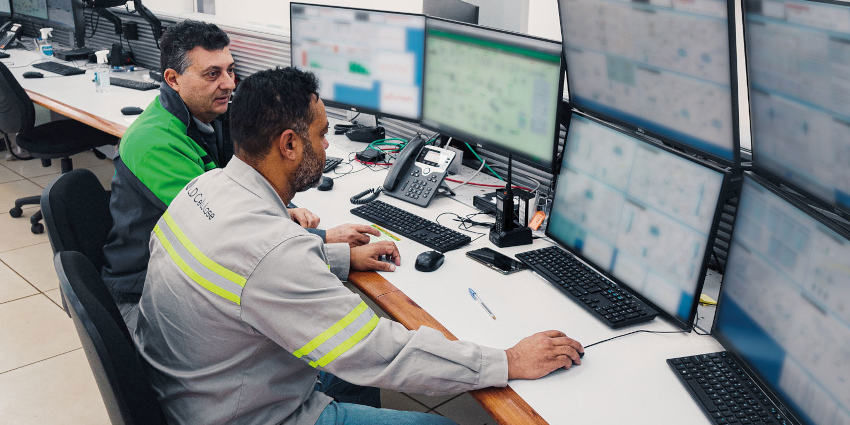
A future-proof automation system for the whole mill with Valmet DNA.
We chose Valmet because we wanted the most modern solution on the market for the automation area
To ensure the new plant’s effective and safe management, as well as the quality of operator training at the outset of its operation, the company invested in simulators for 14 process areas, from the beginning to the end of production. The simulators also cover wastewater, water treatment for boilers, effluent treatment and turbines.
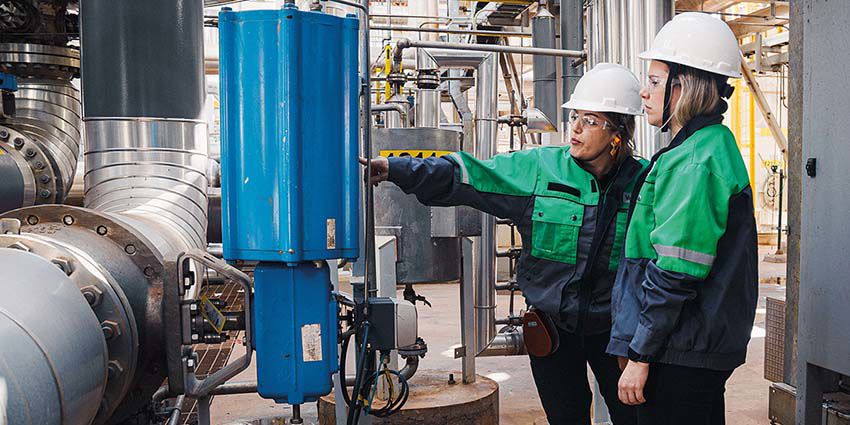
LD Celulose has more than 2,400 valves, increasing reliability in the mill.
Valmet’s simulator technology is essential for production adjustments and operational experiments. The simulators also help with optimization during operation, enabling operators to be trained at any stage, and enabling production adjustments and operational experiments to be simulated at any time.
All this is in line with LD Celulose’s commitment to implementing more efficient and optimized processes, focusing on the safety and excellence of its operational team.
Text: Livia Bianco, Lotta Forssell
Photos: Gustavo Araujo
Related articles

